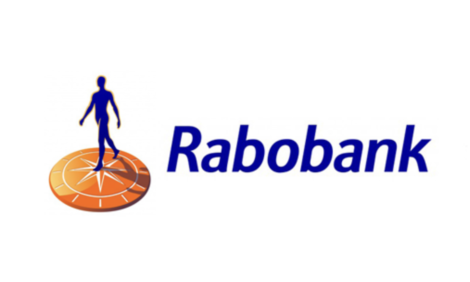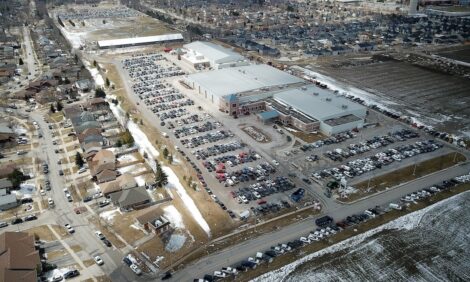



Cattle herds stabilise in Central Europe - GAIN
Cattle farming particularly positive in PolandThe trend of the dairy and beef cow herd numbers differ between Western and Central Europe, according to a recent US Department of Agriculture (USDA) Global Agricultural Information Network (GAIN) report. While in Western Europe significant reductions are reported, both the dairy and beef cow herds are stabilising in Central Europe. This difference is mainly caused by the Common Agricultural Policy (CAP) of the EU.
In most western EU Member States, the farmer’s income is pre-dominantly based on the farmed hectares. While in Central Europe, CAP support is provided specifically to small cattle farmers.
The economic and policy climate for cattle farming is particularly positive in Poland. The Polish dairy sector is restructuring and further building its dairy herd, phasing out the less efficient and older cows.
While the Polish beef sector is benefitting from the increased beef prices, and the improving demand in EU as well as non-EU markets. To fulfil this demand, the sector is sourcing cattle from the Baltic region, Czechia and Slovakia, to be slaughtered in Poland. Both the restructuring of the dairy herd as well as the slaughter of imported cattle has boosted Polish slaughter by 21.0% during the first half of 2024.
Another trend reported in this region is the switch from dairy to beef production, driven by the generally higher investment and labor intensity of dairy farming. At the same time, the popularity of local dual breeds (dairy and beef) is noticeable, due to its flexibility in adapting to market conditions and longer productive period.
In Romania, for instance, the beef cow number is forecast to steadily increase in 2024 and 2025, driven by the challenges in marketing milk and improving export beef markets.
A similar trend is reported in the Balkan region, such as Croatia, Bulgaria, and Greece.
The overall trend reported in Central Europe is the further commercialization and concentration of the sector with lower backyard slaughter and increased efficiency.



